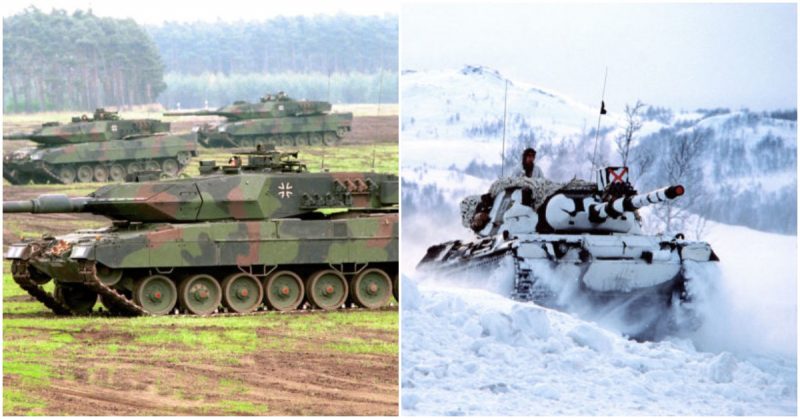The Leopard tank, designed and produced in Western Germany, has over the years proven to be one of the very best Main Battle Tanks (MBTs) ever, functioning at almost the same level as the M1 Abrams.
The development process of the first Leopards took off in late 1956, in a bid to replace the American-built M-47 and M-48 Patton tanks which were rapidly becoming outdated, based on the technological trends of the time.
West Germany needed a more effective, powerful, local defense system to withstand the threats of the GDR and Soviet Union. An MBT was part of the scheme, and by July 1957, the detailed spec of the Leopard was released. The specifications included a power to weight ratio of 30 horsepower per ton, a maximum weight of 30 tons, a close-range rapid fire resistance and a nuclear, biological, and chemical (NBC) protection suite.
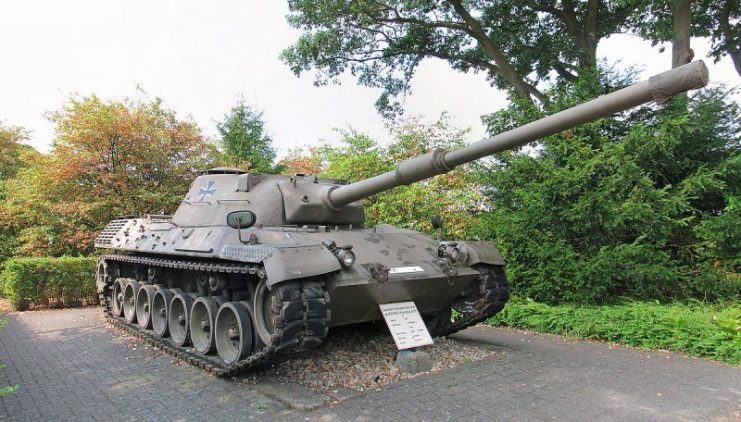
Also specified was an armament consisting of a 105mm caliber weapon, and high mobility (top speeds of around 40mph).
This design caught the interests of both the French and Italian governments, and they would soon request to join West Germany in the project which became known as the Standard Panzer. By 1965, the first batch was completed and several NATO countries began purchasing these tanks from Germany. Among them were Australia, Canada, Greece, Lebanon, Turkey, and Italy, purchasing over 6000 Leopard tanks in all.
The Leopard 1 turned out to be a very successful MBT, irrespective of its flaws. For example, it had relatively thin armor and could be penetrated by the Soviet’s T-62 and T-72 tanks from ranges of about 2000 and 3300 yards respectively.
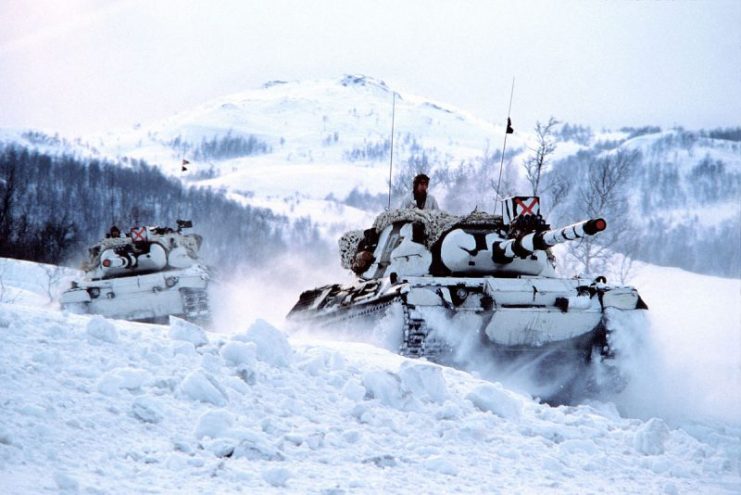
Nevertheless, armed with the standard NATO tank gun—the British L7A3 105mm rifled gun—and anti-tank ammunition such as APDS, APFSDS, and HEAT, it packed quite a solid punch. Its relatively light armor was definitely an important factor in its incredible speed, and its hull and turrets were structured for better ballistic protection.
The Leopard began to experience a series of evolutionary processes. First, the Leopard 1A1 was produced to replace the basic Leopard 1. It featured a new gun stabilization mechanism which allowed the tank to fire while on the move. It also included new side skirts to provide extra armor.
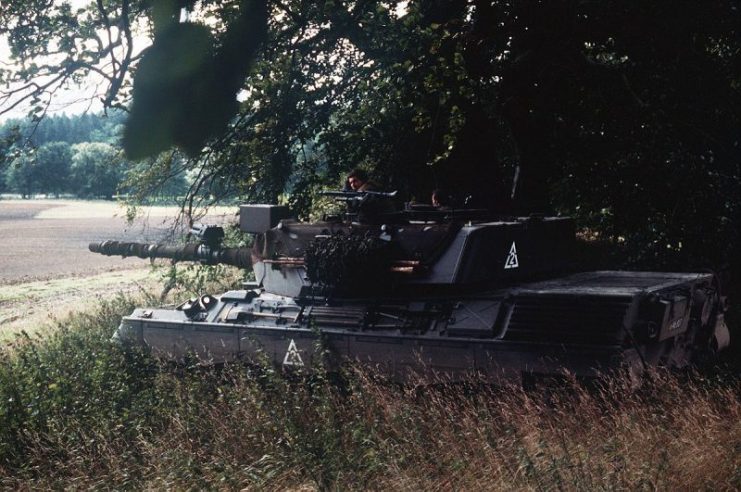
Then followed the Leopard 1A2, which came with an amped up turret armory, an improved NBC suite, and night vision equipment. A PZB200 series image intensifier was added to the main gun to give it improved accuracy.
The Leopard 1A3 had extra interior space, a new gun mantlet and an independent sight system (for the commander).
The evolution of the Leopard 1 series ran all the way to the Leopard 1A6, with each new design featuring extra capabilities and military effectiveness.
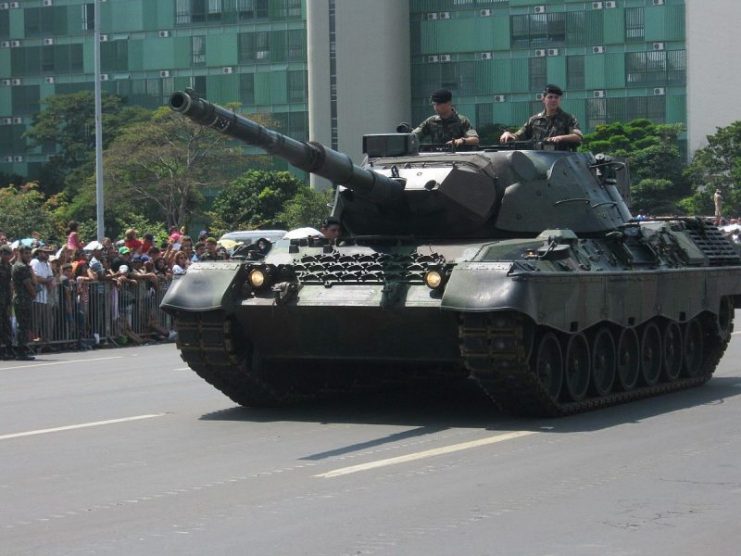
Then, in 1979, a new species came into play. With several advancements over its prior models, it became known as Leopard 2.
The Leopard 2 was an immense success built on the already capable Leopard 1’s basis. The first production of 30 Leopard 2 tanks was completed in September 1979 and was immediately adopted by the German military. By 1993, Germany already had about 2155 Leopard 2 MBTs, while exporting several of those across Europe and beyond.
The Leopard 2 was equipped with a fire control system, a fully stabilized smoothbore gun, a V-12 twin-turbo engine, and 3rd generation composite armor.
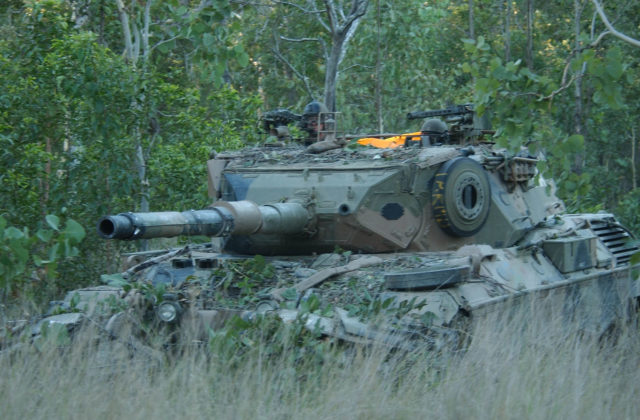
It has been compared to the famous US-made M1 Abrams, and British Challenger 2.
Like the M1 Abrams, it has enough space for a crew of four. The fire control system, armament, ammunition, and tracks of the Leopard 2 are quite similar to that of M1 Abrams.
For a tank weighing 62.3 tons, it was absolutely fast (42 mph), with far more mobility than the Leopard 1, which weighed less.
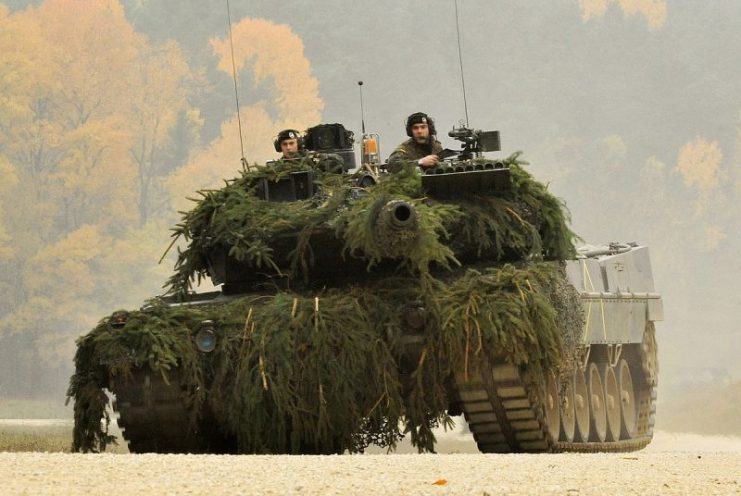
Unlike its predecessor, it was not one to be bullied by the Soviet’s T-62 and T-72 tanks; it can penetrate a T-62 tank from a range of 4400 yards and a T-72 tank from 2200 yards, with its HEAT and APFSD-T ammunition.
A quite interesting feature of this tank is its escape hatch, which was fitted just behind the driver, just in case there’s a need to get out rapidly.
Just like the Leopard 1 group, this species has had its own share of evolution, introducing new and impressive features at each phase.
